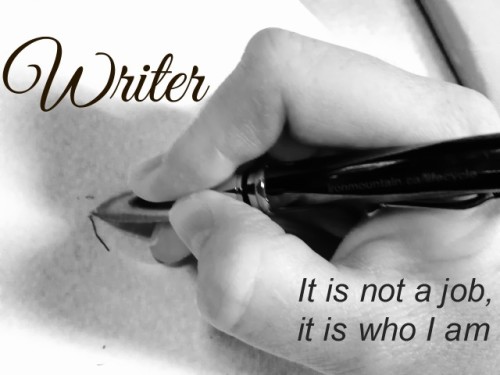
Writing is a process.
No matter if you are writing for your business, your blog (even if it is your business) or even your master work of fiction or non-fiction. We all have a process. And, to be honest, the process is about what works best for you.
It is the process that has gotten you this far and now you have gone and done it. You have written that ugly ass first draft.
YOU KNOW EXACTLY WHAT I MEAN!
But …. like most writers (me included) you might be doing one of two things. First, you could be thinking it is the best thing you have ever written and it’s not. Second, you could be thinking it is the worst thing you have written and it’s not.
It is likely somewhere in between.
So now what?
It is time to give your masterpiece some space. Put a little distance between you and all those words on the screen or, if you are old school, the paper. Stepping away from your work for a few hours or even a day (depending on your deadline) helps you get some distance and perspective on what you have written. Let things simmer a bit.
SOOooooooooooooOOOOOOOOOOOOoooooooooooo….
OK… so you are back at the computer (or the paper/notebook for all your old schoolers). Now, what?
It is time to clean things up a bit. EDITING! Yup, I said it.
For me, editing can be a struggle, especially when it comes to fiction writing. It is a different story when it comes to blog writing or broadcast writing or even magazine writing. In these shorter format writing projects, I have no trouble pulling out the word ax and swinging.
Here are three editing tips I use that could help you take the ax to your writing to find the clear, concise, creative gem in that ugly ass first draft.
1. THAT
It is one word but holds a lot of weight. Drop the word THAT and your copy magically becomes tighter, more concise and more effective. It is a small thing to do but will have a big impact!
2. Trim the Fat….OR Pull The Weeds
Make sure that you read over your work and take notice of repetitive sentences or even repetitive paragraphs. A first draft is often about throwing out everything onto the page and seeing what sticks. Trimming the fat and pulling the weeds is about taking out all the things that sound similar. Say it ounce and MEAN IT. You don’t need to say it again.
3. Get Active
Use active NOT passive voice. This is a tip borrowed from my journalism gig. Writing in an active voice is much more effective and direct. It helps your reader get what you are saying faster. Active writing is all about doing. I am writing in a clear, concise and direct way… that is active!
What do you do to make your writing better? I would love to hear your writing and editing tips. Share in the comments below!